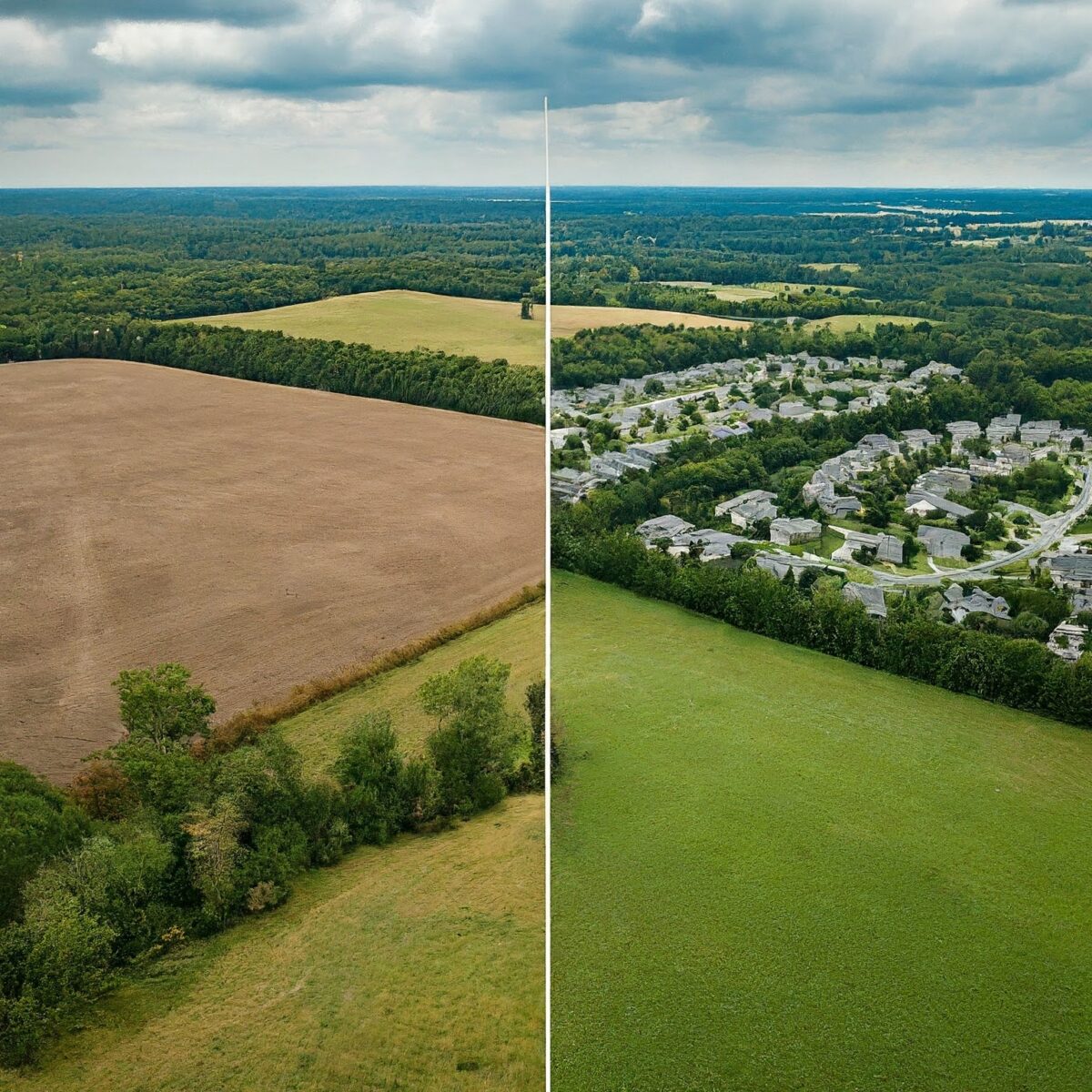Subdivision is the process of dividing a large parcel of land into smaller, more manageable lots. It’s a crucial aspect of urban and suburban development, allowing for new housing, commercial spaces, and infrastructure. If you’re a landowner or developer considering subdividing, here’s a guide to the process:
Understanding the Basics of Subdivision
- Local Regulations: Subdivision laws are determined by your local municipality or planning board. Ensure you understand the zoning regulations, minimum lot sizes, setback requirements, and other relevant guidelines.
- Development Potential: Analyze the property characteristics and assess its suitability for subdivision. Factors like topography, proximity to utilities, and environmental constraints can affect development feasibility.
- Professional Assistance: Consult with a surveyor, planner, or land development expert to help you navigate the process and ensure compliance with regulations.
The Subdivision Process
- Pre-Application Meeting: Contact your local planning department to discuss your intent to subdivide. This provides helpful insights into zoning rules and the feasibility of your project.
- Submission of Application: Prepare a formal subdivision application with relevant documentation, including a site plan, infrastructure details, and any environmental impact assessments required.
- Review and Approval: The planning authority reviews your application and evaluates it for compliance with relevant regulations and suitability. This may involve public hearings and input sessions.
- Final Plat: Once approved, a final plat (a detailed map of the subdivided land) is prepared and recorded with the county.
Key Points to Consider
- Infrastructure: Plan for the extension of roads, water, sewer, and electricity to the new lots.
- Environmental Impacts: Assess the potential impact on natural resources or sensitive areas and implement mitigation measures as needed.
- Community Engagement: Communicate with neighbors and address concerns to foster support for your project.
- Financial Considerations: Account for the costs of planning, surveying, engineering, any infrastructure upgrades required, and application fees.
Subdividing land can be a complex process but also a rewarding investment. If you’re considering subdividing property, the first step is to get in touch with your local planning or development department for assistance.





